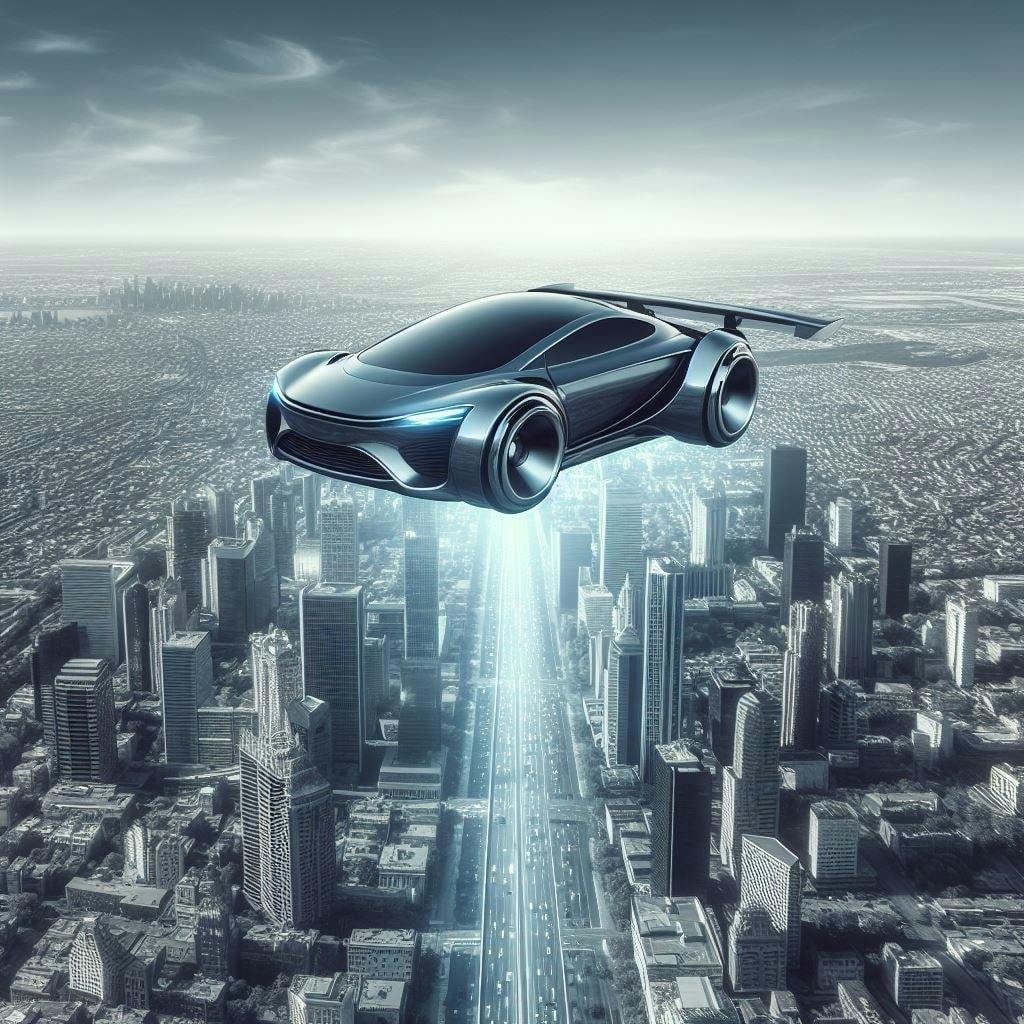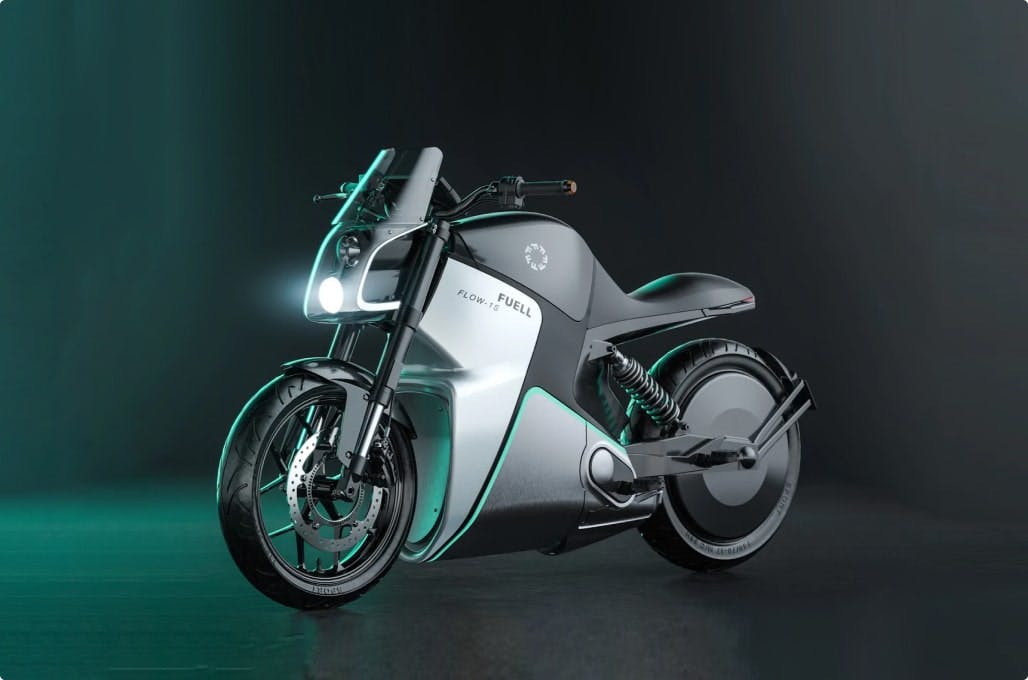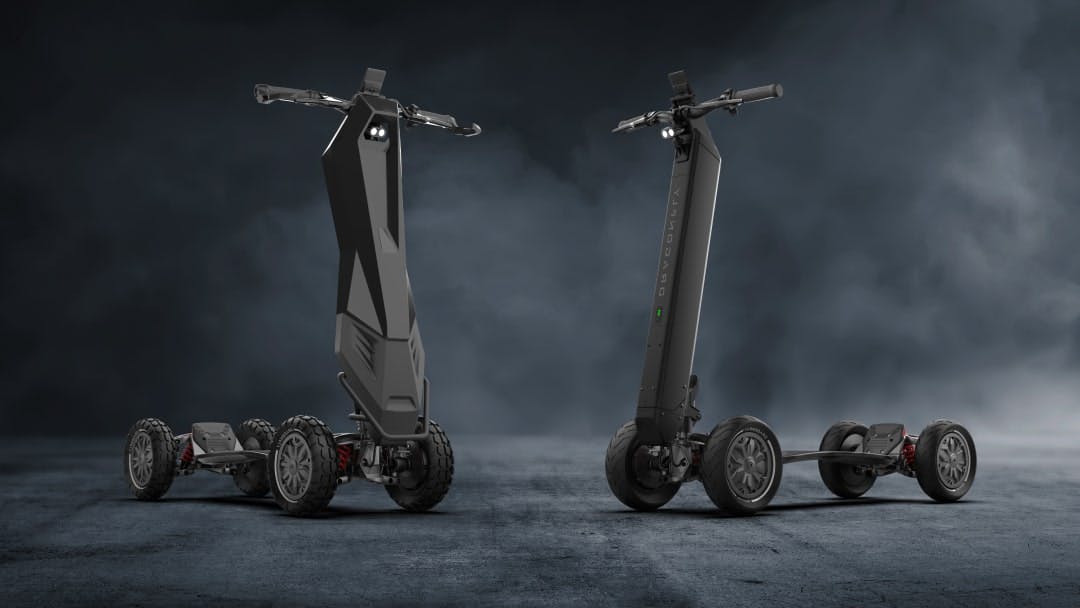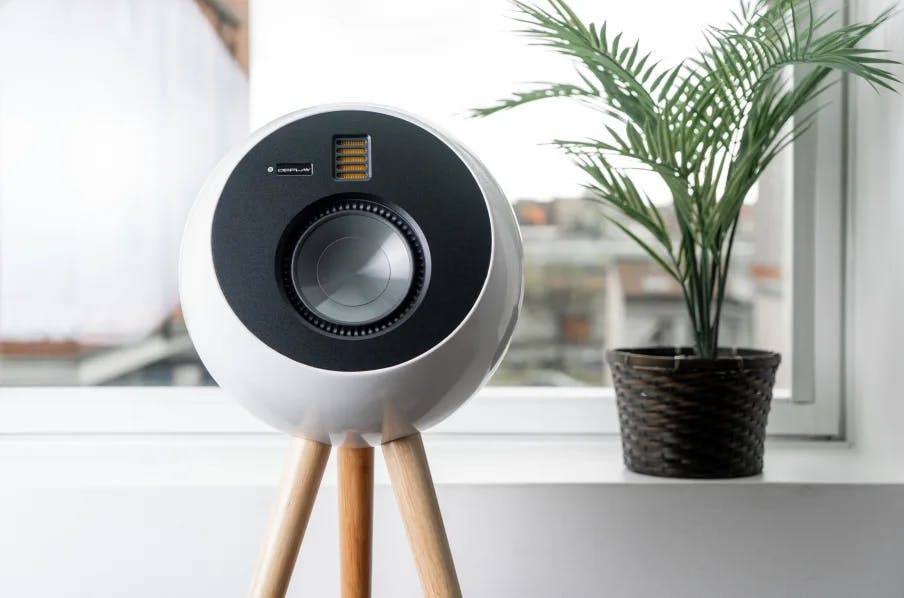Modern Flying Car Models and Their Brands

Last updated on April 29th, 2024
Sargis Avagyan
What an out-of-body experience it is to imagine a world where cars can take to the skies by passing traffic jams and revolutionizing transportation as we know it. The concept of flying cars has long been a dream for many, and thanks to advancements in Vertical Takeoff and Landing (VTOL) technology, this dream is becoming a reality.
In this article, we will delve into some of the modern flying car brands and their latest innovations.
Modern Flying Car Models
AeroMobil 4.0

- Price: Estimated to be around $1.3 million
- Range: 700 km
- Speed: 160 km/h in the air & 160 km/h on the ground
- Development Stage: Prototype testing
- ETA on Commercial Availability: Expected within the next 2-3 years
- Unique Selling Point (USP): The AeroMobil 4.0 boasts a sleek design that seamlessly transitions from a car to an aircraft, offering a blend of luxury and functionality in one vehicle.
Let's talk about the AeroMobil 4.0, which is the latest contender in the flying car market. This sleek machine from the innovative Slovakian company AeroMobil isn't just some kind of a concept car gathering dust in a showroom. It's a prototype that's undergoing rigorous testing, inching closer to becoming a reality day by day.
Now, we all know that flying car companies often make bold claims, but AeroMobil 4.0 stands out for its unique selling point: seamless transformation. Forget clunky contraptions or awkward add-ons. This baby transitions effortlessly from a luxurious car to a functional aircraft. Imagine cruising down the highway one moment, then pulling over, deploying the wings, and taking off for the skies the next. Talk about blowing everyone's minds in the next traffic jam!
Sure, there are still some open questions. The estimated $1.3 million price tag will likely limit it to early adopters with deep pockets. The 700 km range and 160 km/h speed are decent, but what about efficiency and safety regulations? These are hurdles all flying car models need to overcome.
But here's the exciting part: commercial availability is expected within the next 2-3 years. That puts the AeroMobil 4.0 firmly in the "soon-to-be-a-reality" category. It might not be the first flying car you see zipping around town, but it's a strong contender in the race, and its smooth transformation tech could be a game-changer for the entire flying car industry. Buckle up, folks, the future of transportation is taking flight, and the AeroMobil 4.0 is definitely one to watch.
PAL-V Liberty

- Price: Starting at $599,000
- Range: 400-500 km
- Speed: 180 km/h in the air & 160 km/h on the ground
- Development Stage: Production-ready
- ETA on Commercial Availability: Currently available for pre-order
- USP: The PAL-V Liberty is the world's first certified flying car, providing a mix of driving and flying capabilities for the ultimate freedom of transportation.
I have a strong feeling that this revolutionary model from the Dutch flying car company PAL-V isn't just another prototype that gathers dust in a hangar, and here’s why: It's the world's first certified flying car, ready to take to the skies (and the road) as soon as you are (and your bank account allows).
Here's the deal: the PAL-V Liberty isn't your average sports car with some wings bolted on. It's a legit flying machine that also happens to be a pretty sweet ride on the ground. Imagine ditching rush hour traffic by soaring over it all. That's the kind of freedom the Liberty promises. Now, it's not all sunshine and rainbows. The starting price tag of $599,000 puts it firmly in the "luxury toy" category. The range of 400-500 km is decent for short hops, but for longer journeys, you might need to refuel or, well, land and switch back to car mode.
But here's the exciting part: unlike many other flying car models that are still under development, the PAL-V Liberty is ready to roll (or fly) right off the assembly line. You can pre-order yours now and be among the first to experience the future of transportation. Sure, there will be regulations and landing pad considerations, but the fact that a certified flying car exists is a game-changer for the entire industry.
So, if you're an early adopter with a taste for the extraordinary (and a hefty bank account), the PAL-V Liberty might be the ultimate garage (or should we say hangar?) addition. Keep an eye out for these pioneers in the flying car scene – they might just be the ones to redefine how we travel in the years to come.c
Terrafugia Transition

- Price: Estimated to be around $400,000
- Range: 640 km
- Speed: 160 km/h in the air & 110 km/h on the ground
- Development Stage: Prototype testing
- ETA on Commercial Availability: Anticipated in the next 3-5 years
- USP: The Terrafugia Transition is designed to fit in a standard single-car garage, making it a practical choice for urban dwellers looking to embrace the future of personal transportation.
Ah, the Terrafugia Transition - a name that stirs the imagination of every urban dweller who's ever dreamed of escaping traffic jams with a flick of a switch. This flying car model from the American company Terrafugia isn't quite ready to whisk you off to work just yet. Still, the "future of commuting" vibes are definitely going strong.
The Transition's biggest selling point? It folds up! That's right, this little flying machine transforms from a street-legal car to a compact airplane that can fit snugly into a standard single-car garage. No more hunting for elusive landing pads - the Transition wants to be part of your everyday life. Now, there are some things to consider. It's still in the prototype testing phase, with commercial availability expected in the next 3-5 years. The estimated price tag of $400,000 might also make some wallets weep. And while the 640 km range is decent, hitting the open road might be faster for longer trips (at least for now).
The Terrafugia Transition is more than just a fancy concept car. It's a flying car model designed with practicality in mind. Imagine cruising down the highway one day, then transforming your vehicle and soaring above the city on another. Talk about seamless integration into our existing infrastructure! The Transition might not be the first flying car you see gracing the skies, but for urban explorers and flying car companies alike, it represents a significant step towards a future where our garages might double as airplane hangars.
The Challenges Flying Car Companies Face
As exciting as the prospect of flying cars may be, companies in this industry face several challenges that must be overcome for widespread adoption. These challenges include regulatory restrictions, market demand uncertainty, securing investments for costly development, and ensuring stringent safety measures are met to guarantee passenger and public safety.
Regulatory Restrictions: A Sky Full of No-Fly Zones
Imagine picturing your daily commute as a scenic flight path, only to be met with a giant "NO FLYING" sign in the sky. Regulatory restrictions are a major hurdle for flying car companies. Carving out designated airspace in already crowded skies, especially near urban areas, is a complex task. Air traffic control systems need significant upgrades to handle the influx of flying vehicles, and safety protocols have to be meticulously established to prevent mid-air mishaps. Think of it like creating a whole new set of traffic rules for a completely new dimension of travel. National and international aviation authorities have their work cut out for them, and navigating this regulatory maze will be a slow and bumpy ride.
Market Demand: Are People Ready to Take Flight (Literally)?
Sure, the idea of a flying car sounds cool, but will people actually buy them? Market demand for flying cars remains a big question mark. The price tags on these futuristic vehicles are likely to be astronomical, putting them out of reach for most consumers. Will the convenience of ditching traffic outweigh the hefty price tag? Furthermore, the infrastructure for widespread use just isn't there yet. Imagine needing a special "flying car license" and designated landing pads scattered throughout cities – a whole new transportation ecosystem needs to be built. Flying car companies need to convince a critical mass of people that the benefits outweigh the costs and inconveniences before widespread adoption becomes a reality.
Securing Investments: Filling the Financial Black Hole
Developing flying car technology is no small feat. It requires pouring billions into research, development, and testing. Investors need to be convinced that these flying machines are more than just a pipe dream. The road to commercialization is long and riddled with uncertainties. While the potential market might be vast, convincing investors to loosen their purse strings and take a big gamble on a technology that's still in its infancy is a significant challenge for flying car companies.
Safety First, Always: Building Trust in the Skies
Safety is paramount when it comes to flying cars. One malfunction, one pilot error, could have disastrous consequences. Flying car companies need to develop and implement rigorous safety measures that go far beyond what's required for traditional cars. This includes foolproof emergency protocols, comprehensive pilot training programs, and fool-proof autonomous flying systems (if that's the direction the industry takes). Building public trust in the safety of flying cars is critical. Without it, this futuristic mode of transportation will remain grounded in fear rather
Conclusion
The development of modern flying car brands and their latest innovations signals a significant shift in the transportation industry. As companies continue to push boundaries and explore new possibilities, the future of personal air travel is closer than ever before. Keep an eye on these pioneering brands and their groundbreaking models as they pave the way for a new era of mobility.
Taking Flight with the Facts: FAQ
The world of flying cars is an exciting one, but it's also full of unknowns. Here's a quick rundown to answer your burning questions:
1. Is Tesla Making Flying Cars?
As of today, Tesla is focused on electric vehicles and sustainable energy solutions. While they've dabbled in some pretty futuristic concepts, flying cars aren't currently on their agenda. There are, however, several other companies dedicated to developing flying car technology.
2. Are Flying Cars Electric?
Many flying car companies are looking towards electric powertrains for their vehicles. Electricity offers several advantages: it's quieter than traditional gasoline engines, reduces emissions, and aligns with the push for sustainable transportation. However, there are also challenges with battery range and power requirements for sustained flight.
3. Has China Made Flying Cars?
China is definitely a player in the flying car race. Companies like XPeng and AeroHT are developing some innovative flying car models. While some prototypes have undergone testing, commercially available flying cars from China (or anywhere else for that matter) are still a few years down the road.
4. Which Companies Make Flying Cars?
There are a number of companies around the world working on flying car technology. Some of the frontrunners include PAL-V (Netherlands), Terrafugia (USA), AeroMobil (Slovakia), and XPeng (China). Each company has its own unique approach, with some focusing on transforming cars that can fly, while others are developing flying vehicles with road-driving capabilities.
5. How Much Does a Flying Car Cost?
Flying cars are expected to be expensive in the initial stages. Estimates range from around $400,000 to a staggering $1.3 million depending on the model and features. With ongoing development and hopefully larger production scales, the price might come down in the future, but for now, flying cars are likely to remain a luxury item.
6. How Much is the Model A Flying Car?
The Model A flying car from Alef Aeronautics is still under development, but they have a pre-order price of $300,000. It's important to note that pre-order prices can change, and with a new technology like this, there might be additional costs involved when the final product is launched.
7. Is the Model A Flying Car Real?
The Model A is a prototype from Alef, and they are actively undergoing testing and development. While it's not yet commercially available, it's a serious contender in the flying car space.
8. How Many Flying Cars Are There in the World (Right Now)?
There are currently no commercially available flying cars. Several companies have working prototypes, but they haven't hit the market yet. It will likely be a few years before we see widespread adoption of flying cars.







